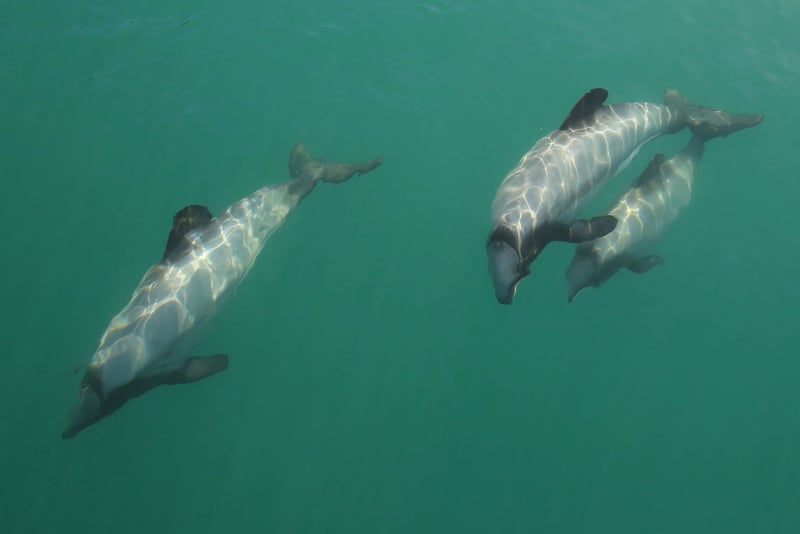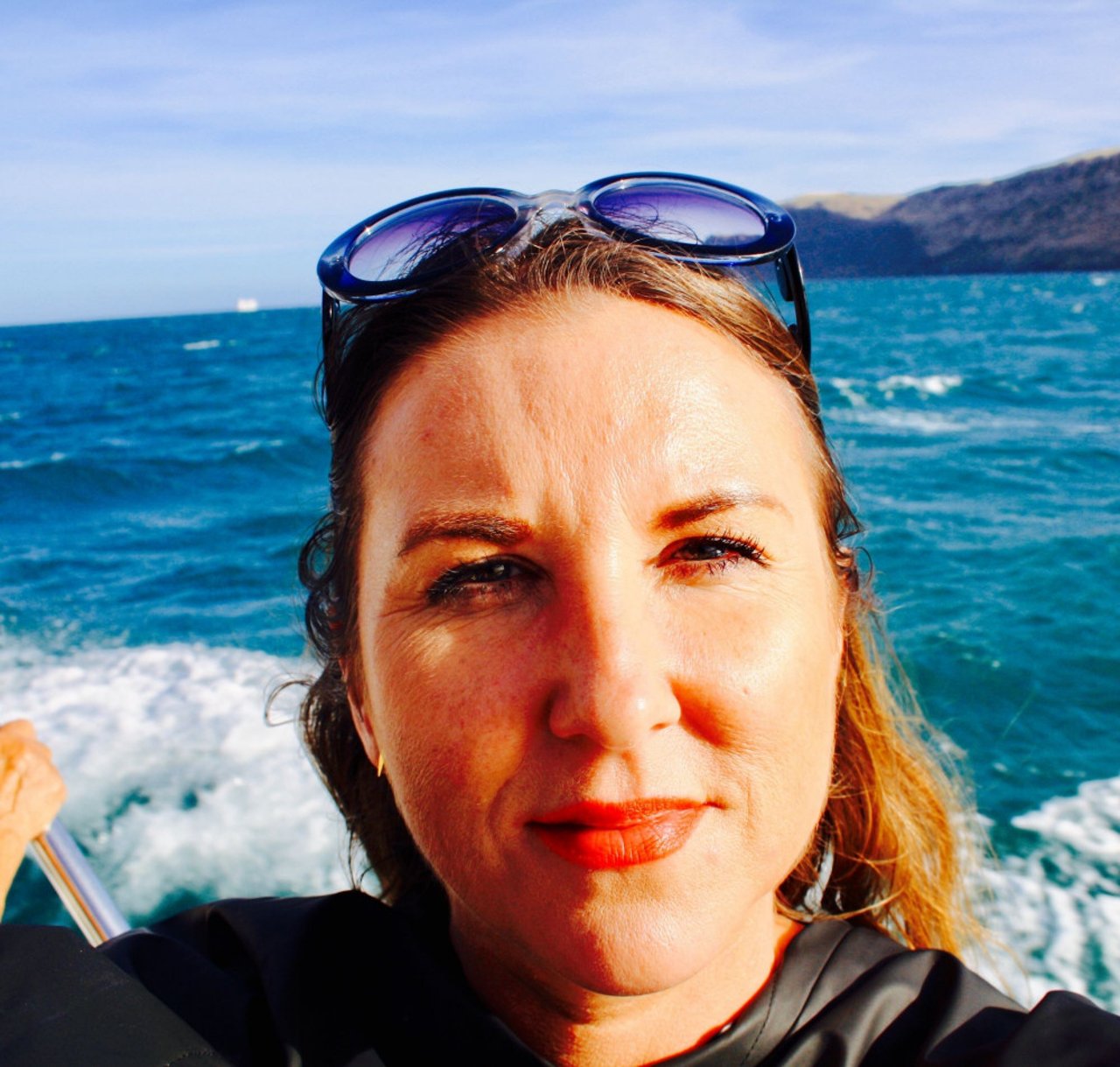
5 quick questions with dolphin campaigner Genevieve Robinson
News
Meet Genevieve Robinson, project volunteer with Project20 – which focuses on highlighting the effects of Lyttelton Port Company’s new cruise ship berth on the resident Hector’s dolphin population.
Image credit Rob Pine
1. What prompted your interest and concern in Māui and Hector's dolphins?
I have followed the South Island Hector's for many years - since I moved to Christchurch from Dunedin back in 2011.
My first sighting of a Hector’s was one will never forget - I was looking over the rails at the bow of a boat, and there they were - interweaving their shiny, grey bodies, with each wave. This was the beginning of my obsession.
2. What was your most recent project with the dolphins?
Most recently I worked on Project20. This focused on highlighting the effects of Lyttelton Port Company’s new cruise ship berth and the impacts of rammed pile driving on the resident Hector’s dolphin population.Recently I also worked on developing a phone-based app for quantifying coastal plastics and other pollution.
3. What are the main issues facing Māui and Hector's dolphins?
Māui and Hector's do not get the same air time as other 'critically endangered' , and 'endangered' land animals such as the Kiwi or kakapo, and this alone is doing our endemic NZ dolphin species, a disservice.
A number of direct human activities are also considered threats to Māui and Hector's - not only to their habitats, but also to how they move within that habitat, communicate, and forage. One such example, is pile driving. Pile driving creates a number of issues - as evaluated by scientists during recent work based at Lyttelton Port, Christchurch. In addition to the threats listed above, they include hearing damage or loss, and behavioral changes such as temporary, or permanent displacement, and even death.
4. Are there any other threats facing dolphins in New Zealand?
The main issue currently facing our dolphins, is set-net, or gill net fishing. Where the cause of death is known, most Māui and Hector's dolphins are killed by entrapment in fishing gear. Without government acknowledgement, and action, we will see the demise of both Māui and Hector's dolphins - in our lifetime. But with the right protection, science tells us these dolphins could recover to healthy, viable population levels.
5. What are the next steps and how can people help?
A review of the Māui and Hector's Threat Management Plan (TMP) is underway. Timing is critical, but it’s also critical that we get it right.
As well as direct threats from fishing, we need to consider what risks other human-based marine activities, such as noise from both the oil and gas industry, and sand mining have on these dolphins.
In the next few months or so, the draft of the TMP will be ready for pubic consultation. This is where the public can help.
Don’t be afraid to speak strongly to your local MP, and lobby the government to ban all set nets - not just in known dolphin habitat, but in all coastal waters. This will not only conserve our country’s only endemic dolphin species, it will put NZ on the map for taking action for the survival of its “kiwis of the sea”.
Without government acknowledgement, and action, we will see the demise of both Māui and Hector's dolphins - in our lifetime. But with the right protection, science tells us these dolphins could recover to healthy, viable population levels.
